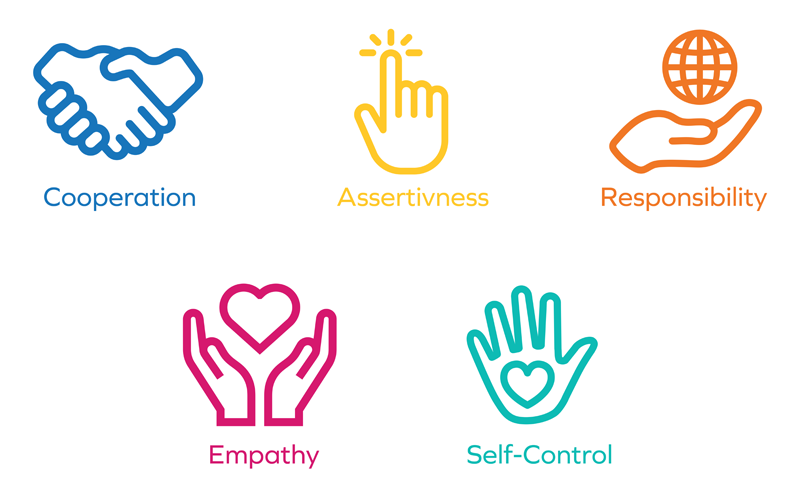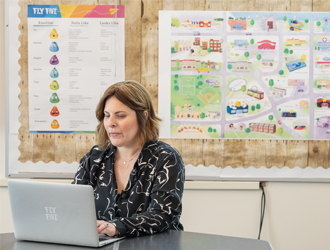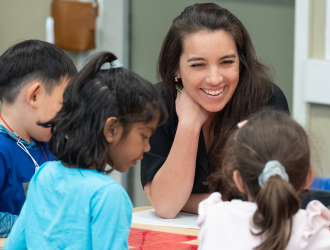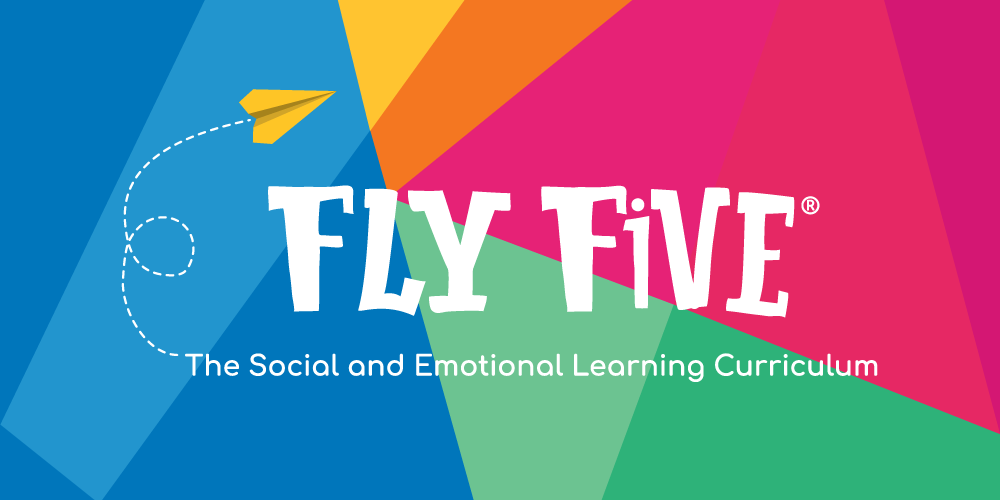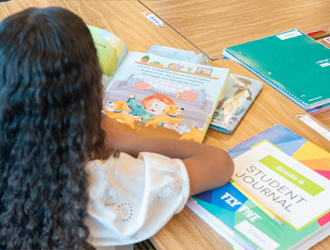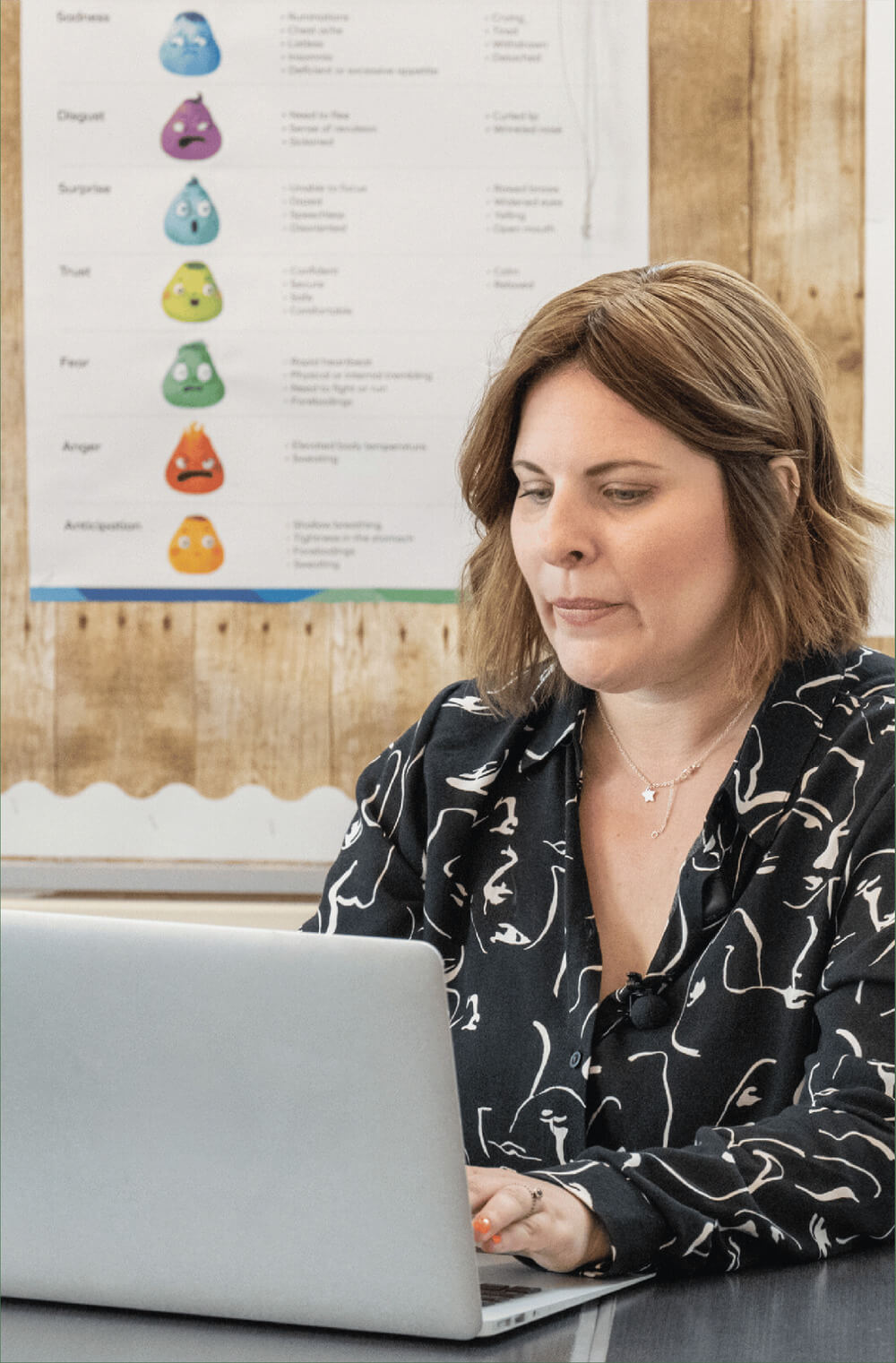
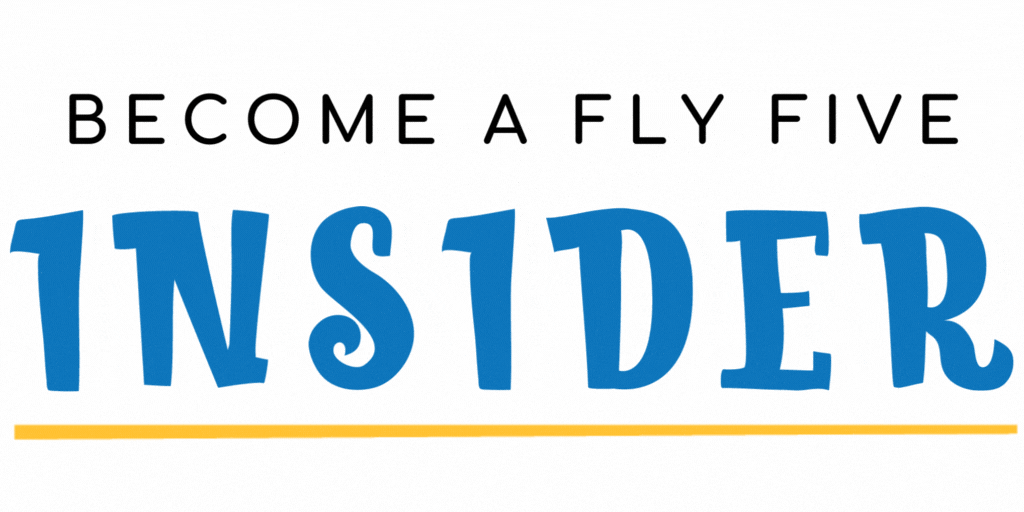
Social and Emotional Learning Is at the Heart of Academic Learning

As educators, it’s important to step back every once in a while and remember that we were once students too. Our past experiences can help shape our understanding of today’s classroom and our learners’ many needs. Additionally, reflection on our own education can help us identify learning opportunities that we wish we’d had in order to set us up for the future.
Research now shows that students need an integrated approach to learning that goes beyond the traditional academic framework and supports students’ social, emotional, and cognitive development (Pufall Jones et al., 2020). When we acknowledge the need for this shift, we can get to the heart of learning—pushing students to reach their full potential while providing them with the support they need to get there.
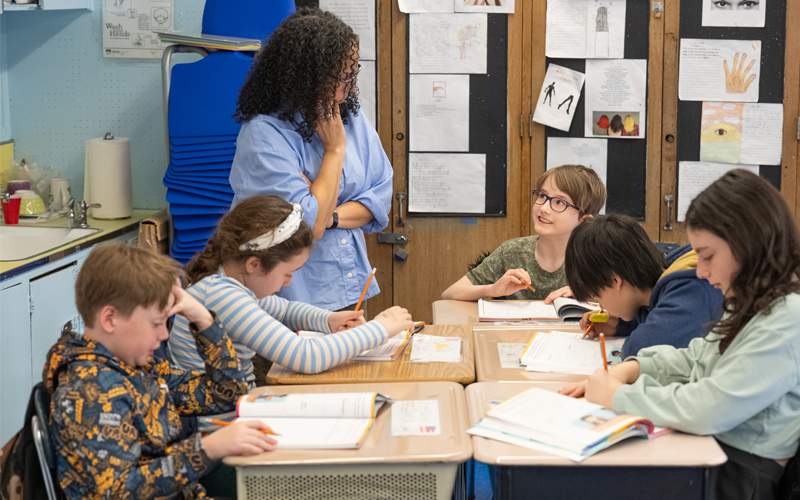
SEL Leads to Positive Academic Outcomes
Academic achievement is an important indicator of how well students are engaging in their learning and reaching educational goals. This achievement, however, is the destination—the journey involves meeting all students needs so they are ready to show up and be the best learners they can be. Fortunately, social and emotional learning (SEL) can be implemented throughout the day to meet students’ needs and help them reach academic excellence. With SEL, students are given opportunities to build and practice skills that empower them to take on academic learning. A few positive outcomes that SEL can lead to include (Durlak et al., 2011; Taylor et al., 2017).:
- Improved test scores and grades
- Increased graduation rates
- Feelings of safety and security in the classroom
- Enhanced well-being
Additionally, school communities that invest in SEL are also more likely to see an increase in student creativity and academic work engagement, leading to students that not only know how to achieve but are committed to staying on a successful trajectory throughout their educational journey.
Implementing an SEL Curriculum
“I’ve noticed that Fly Five has helped students to reflect more on themselves and build better relations with their peers and teachers. It also helps them regulate their emotions—and focus more on their studies.” —Kaoutar El Khamlichi, Fly Five educator
Just as an academic curriculum structures students’ learning, an SEL curriculum offers similar guidance and explicit teaching tools. This takes the pressure off of educators and prepares them to give their students the support they need—while also receiving support themselves. Research confirms that SEL programs like Fly Five lead to various short-term and long-term improvements for students, meaning that there are both immediate and lasting impacts that come from this learning. Some of the short-term benefits that educators might notice include (Durlak et al., 2011; Taylor et al., 2017):
- Improved attendance
- Enhanced self-efficacy
- Strengthened commitment to school
While long-term benefits include (Damon et al., 2015):
- Higher educational attainment
- Employment security
- Better mental health
By integrating SEL and academics, we are acknowledging the whole picture in order to set students up for success, rather than solely focusing on academics.
Equipping Students With Lifelong skills
Implementing SEL in your classroom starts with recognizing what this learning looks like and sounds like. At the core of the Fly Five curriculum are five social and emotional competencies, known as C.A.R.E.S. (cooperation, assertiveness, responsibility, empathy, and self-control). These competencies have been identified by research as necessary for success in learning, play, friendships, relationships, life, work, and business. Each competency is made up of developmentally appropriate standards for grades K–8 that give students the opportunity to practice important skills such as asking for help when they need it, holding themselves accountable for their schoolwork, persevering through challenges, and more.
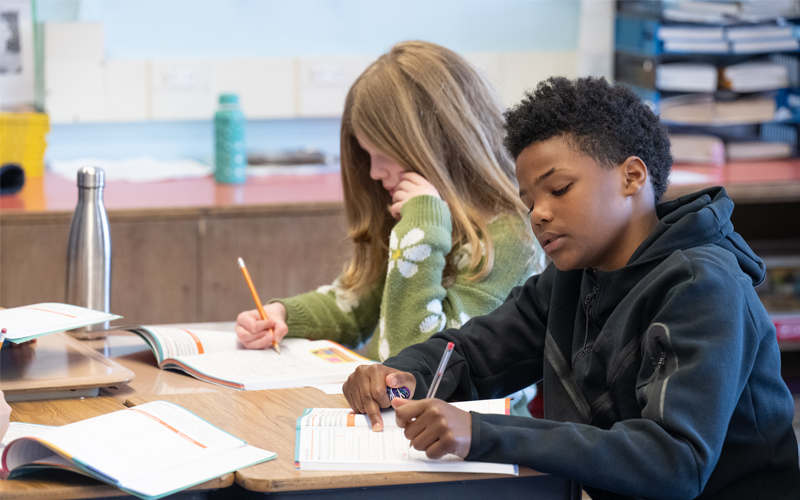
Discovering how to best support our students is an ongoing journey, but as we help them build social and emotional skills, we ensure that they have the tools they need to construct successful, meaningful lives, even after they leave the classroom. Explore the standards of the Fly Five curriculum and envision how you can put this learning into motion for academic—and lifelong—achievement.
References
Damon E. Jones, Mark Greenberg, Max Crowley, “Early Social-Emotional Functioning and Public Health: The Relationship Between Kindergarten Social Competence and Future Wellness”, American Journal of Public Health 105, no. 11 (November 1, 2015): pp. 2283-2290. https://doi.org/10.2105/AJPH.2015.302630
Durlak, J. A., Weissberg, R. P., Dymnicki, A. B., Taylor, R. D., & Schellinger, K. B. (2011). The impact of enhancing students’ social and emotional learning: A meta-analysis of school-based universal interventions. Child Development, 82(1), 405–432. https://doi.org/10.1111/j.1467-8624.2010.01564.x
Pufall Jones, E., Margolius, M., Skubel, A., Flanagan, S., & Hynes, M. (2020). All of who I am: Perspectives from young people about social, emotional, and cognitive learning. America’s Promise Alliance. https://americaspromise.org/wp-content/uploads/pdf/HLH_report_online.pdf
Taylor, R. D., Oberle, E., Durlak, J. A., & Weissberg, R. P. (2017). Promoting positive youth development through school‐based social and emotional learning interventions: A meta‐analysis of follow‐up effects. Child Development, 88(4), 1156–1171. https://doi.org/10.1111/cdev.12864



